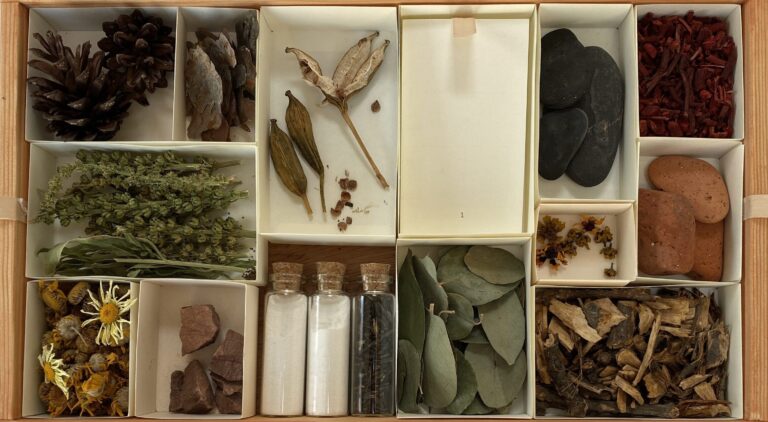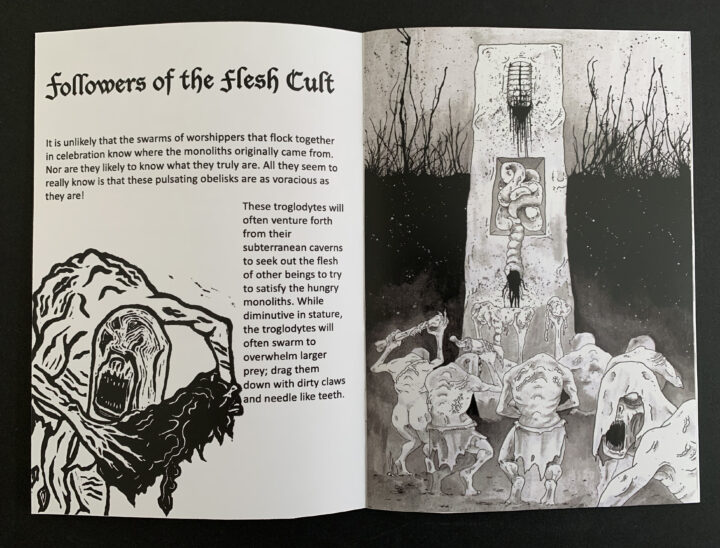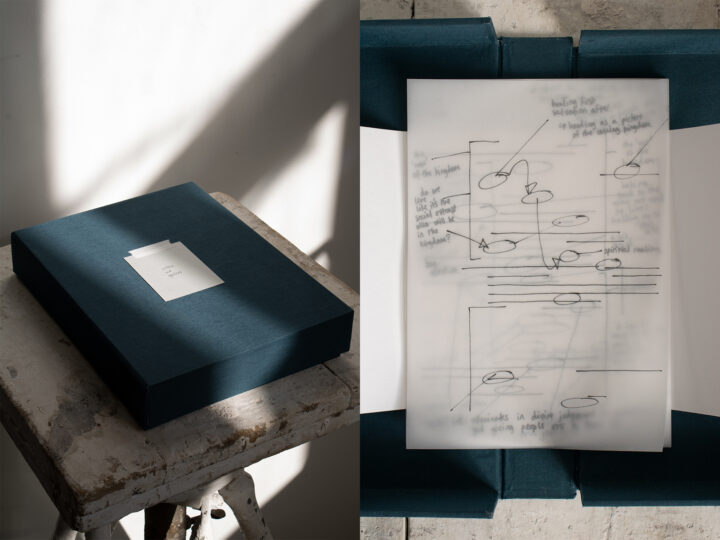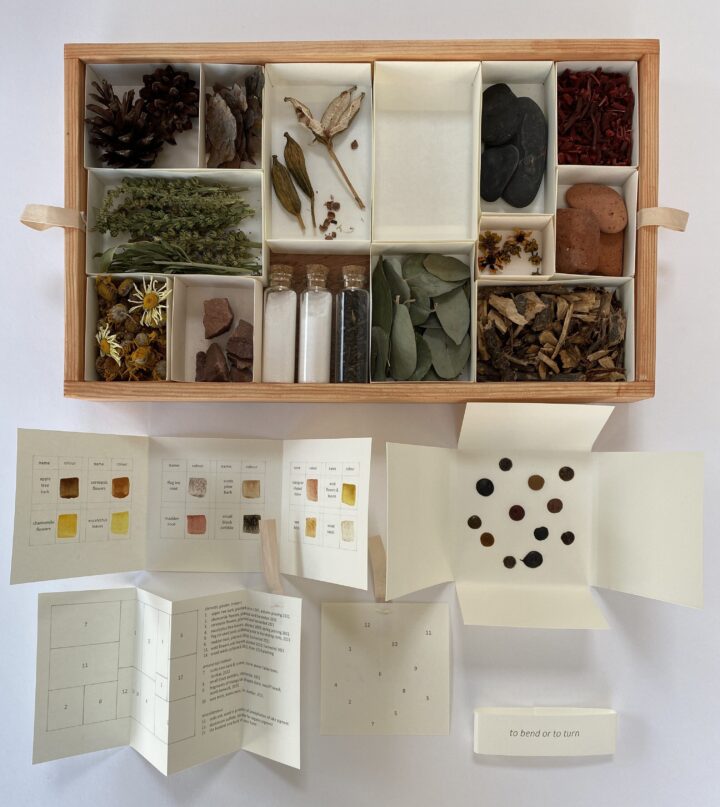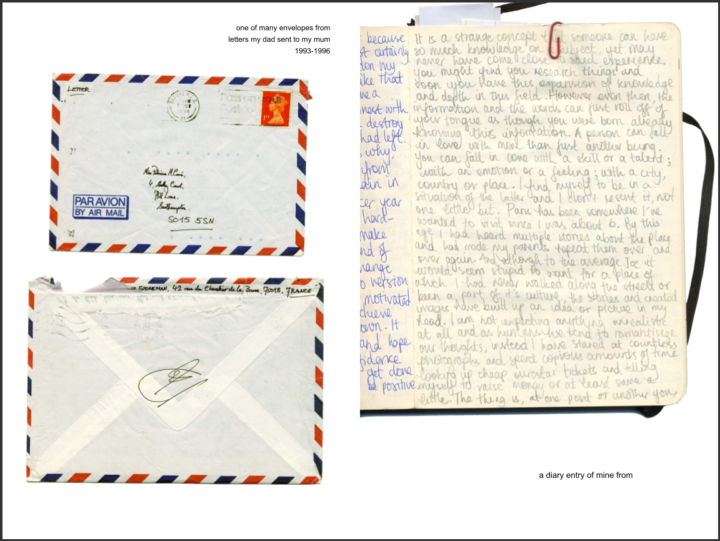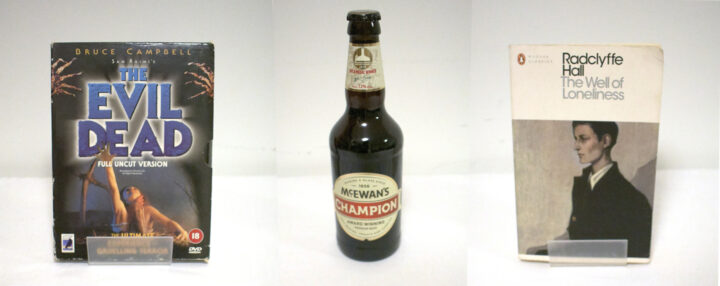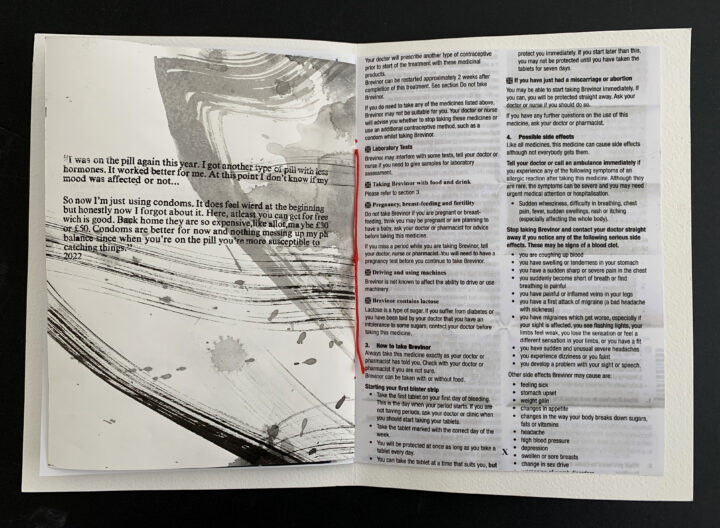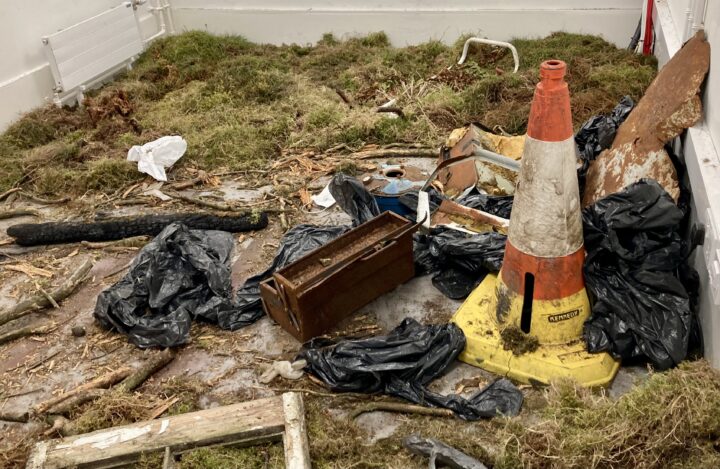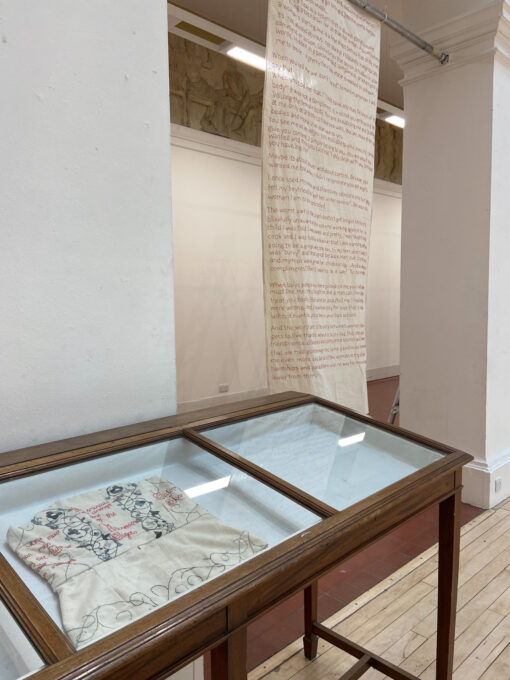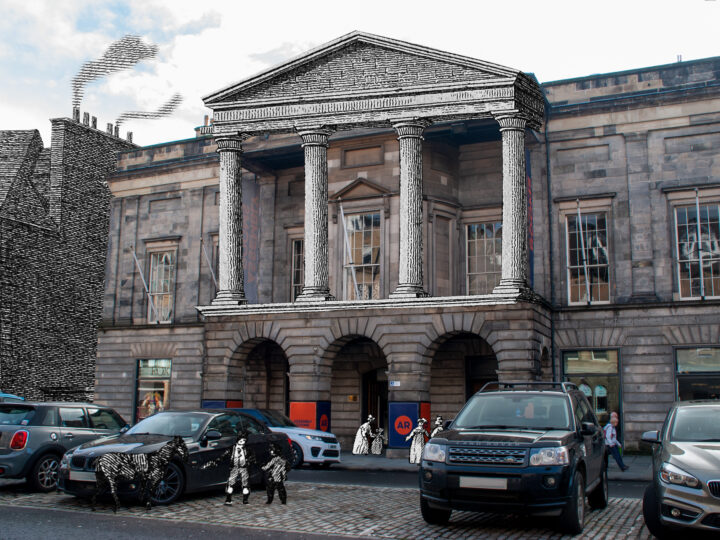Credits
This project was supervised by Jane Hyslop, Lecturer in Art and Illustration, Edinburgh College of Art, and Elizabeth Quarmby Lawrence, Rare Books and Literary Collections Curator.
The Library of Ideas as a project run as part of the course Presentation: Methods and Context 3.
The course supports students in refining their understanding of how context is critical to the development, presentation and reading of an artwork. Through self-initiated study and a range of externally focused projects they are encouraged to engage in a range of professional contexts.
Students on this project presented their work at Edinburgh College of Art’s annual artists’ book and zine fair, BOOKMARKS on 30th March 2022 and show it here in an online context offering legacy to the project.

